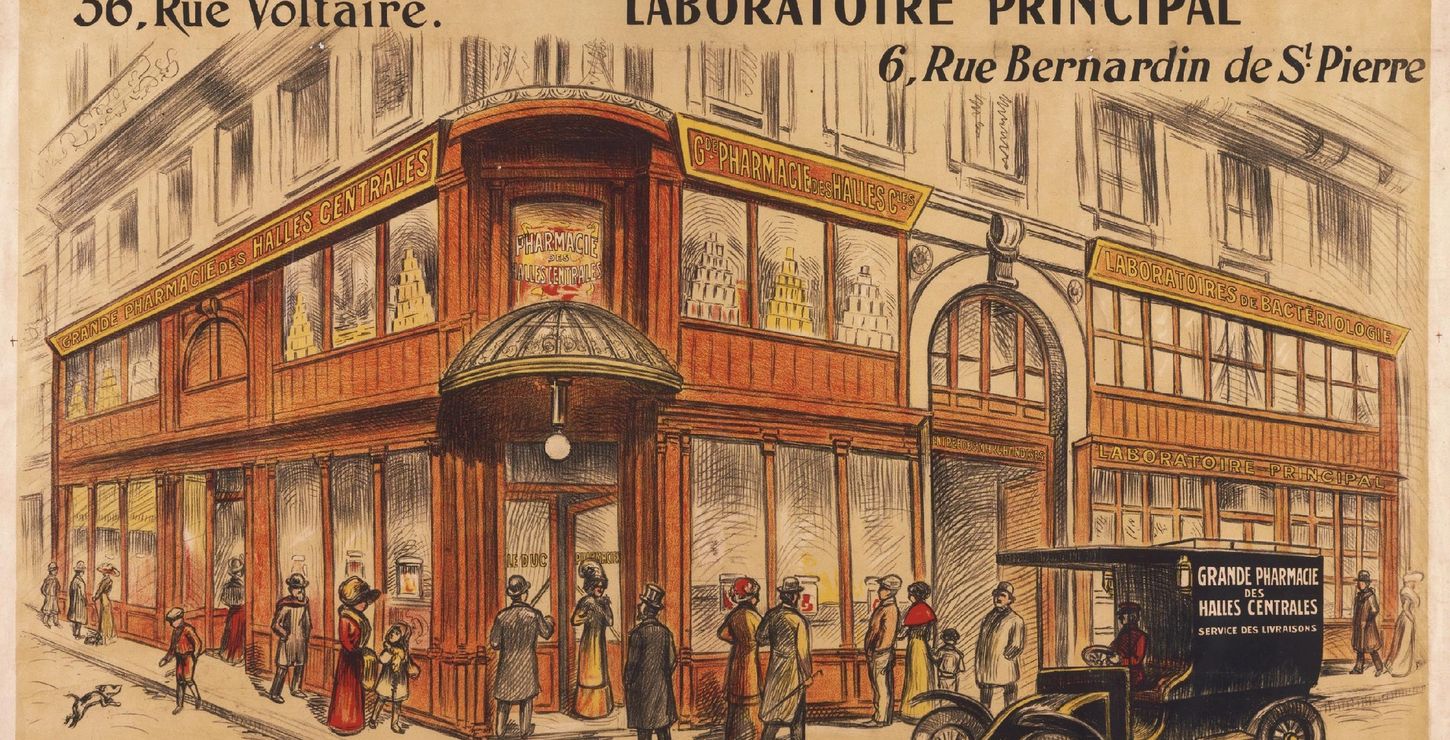Main Building
In contrast to many of their colleagues in the health professions, pharmacists are tied to the place of their practice. Physicians and nurses exercise their expertise in offices, hospitals, and patients' homes, and dentists have been known, in the past, to operate in the open air. But the pharmacist depends on the ingredients, often bulky, that go into the prescriptions dispensed, and thus premises become necessary, whether in hospitals or in shops. Spanning five centuries, the prints, drawings, and posters on display here show this clearly. Although there have been a number of exhibitions on medical themes in recent years, few have been devoted to the narrow focus represented in this exhibition. The Ars Medica Collection of the Philadelphia Museum of Art, with its extensive holdings, provides an incomparable resource of works of art through which to consider individual specialties in the health professions as well as specific procedures or diseases. Stimulated by an initial grant in 1949 from Smith, Kline & French, then a Philadelphia pharmaceutical firm and now the international company SmithKline Beecham, and supported by additional grants and gifts from commercial firms and private donors, the Ars Medica Collection has grown to encompass more than twenty-five hundred prints, drawings, photographs, posters, and graphic ephemera on medical subjects. These range from woodcuts and engravings dating from the Renaissance to contemporary collages and photographs. The year 1996 marks another milestone in the history of Philadelphia as a leader in medical education and pharmaceutical manufacturing. The Philadelphia College of Pharmacy and Science began offering courses in pharmacy in 1821, and next year will celebrate its 175th anniversary, making it the oldest school of pharmacy in the United States. This exhibition commemorates this historic occasion, and also reminds us that in Philadelphia the arts and sciences have a venerable tradition of creative interaction that continues today.
